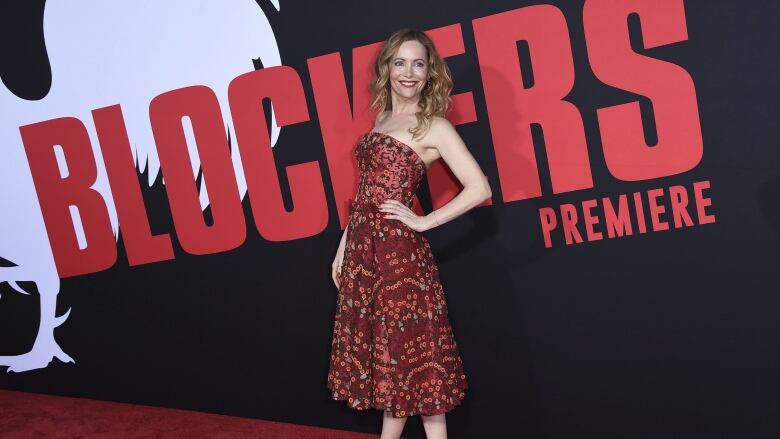'Radical underrepresentation': Number of women directing top Hollywood films fell in 2018
Women comprised 8% of all directors working on top 250 films in 2018, down from 11% in 2017

Despite widespread attention and protest over gender inequality in film, a new U.S. study finds that the number of female directors in the top 250 domestic grossing films last year dipped to 8 per cent.
That was down 3 percentage points from 2017, according to the 21st annual Celluloid Ceiling report released Thursday by the Center for the Study of Women in Television andFilm at San Diego State University. It was even below the 9 per cent level achieved 20 years earlier in 1998.
Researchers found slight gains for women in other roles. In 2018, women comprised 20 per cent of all directors, writers, producers, executive directors, editors and cinematographers in the top 250 films. That's up 2 percentage points from 2017.
The study's author, Martha Lauzen, the executive director of San Diego State's centre, said such modest gains behind the camera, particularly in the director's chair, reveal an industry resistant to changing long-term gender inequity.
"The study provides no evidence that the mainstream film industry has experienced the profound positive shift predicted by so many industry observers over the last year," Lauzen said.
This radical underrepresentation is unlikely to be remedied by the voluntary efforts of a few individuals or a single studio. Without a large-scale effort mounted by the major players the studios, talent agencies, guilds and associations we are unlikely to see meaningful change.- MarthaLauzen, study's author
"This radical underrepresentation is unlikely to be remedied by the voluntary efforts of a few individuals or a single studio. Without a large-scale effort mounted by the major players the studios, talent agencies, guilds and associations we are unlikely to see meaningful change. The distance from 8 per cent to some semblance of parity is simply too vast."
The largest gains, according to researchers, were among writers (16 per cent, up 5 percentage points from 2017) and producers (21 per cent, also up 5 percentage points from 2017).
The study also found that in 2018, just oneper cent of films employed 10 or more women in key off-camera roles, while 74 per cent of films employed 10 or more men in such jobs.
Researchers also isolated the top 100 and the top 500 films in 2018, though results were similar. Women accounted for 16 per cent of directors, writers, executive producers, producers, editors and cinematographers working on the top 100 films (no change from 2017), and 23 per cent of the same roles on the top 500 films (an increase of 2 percentage points from 2017).












_(720p).jpg)


 OFFICIAL HD MUSIC VIDEO.jpg)
.jpg)



























































































